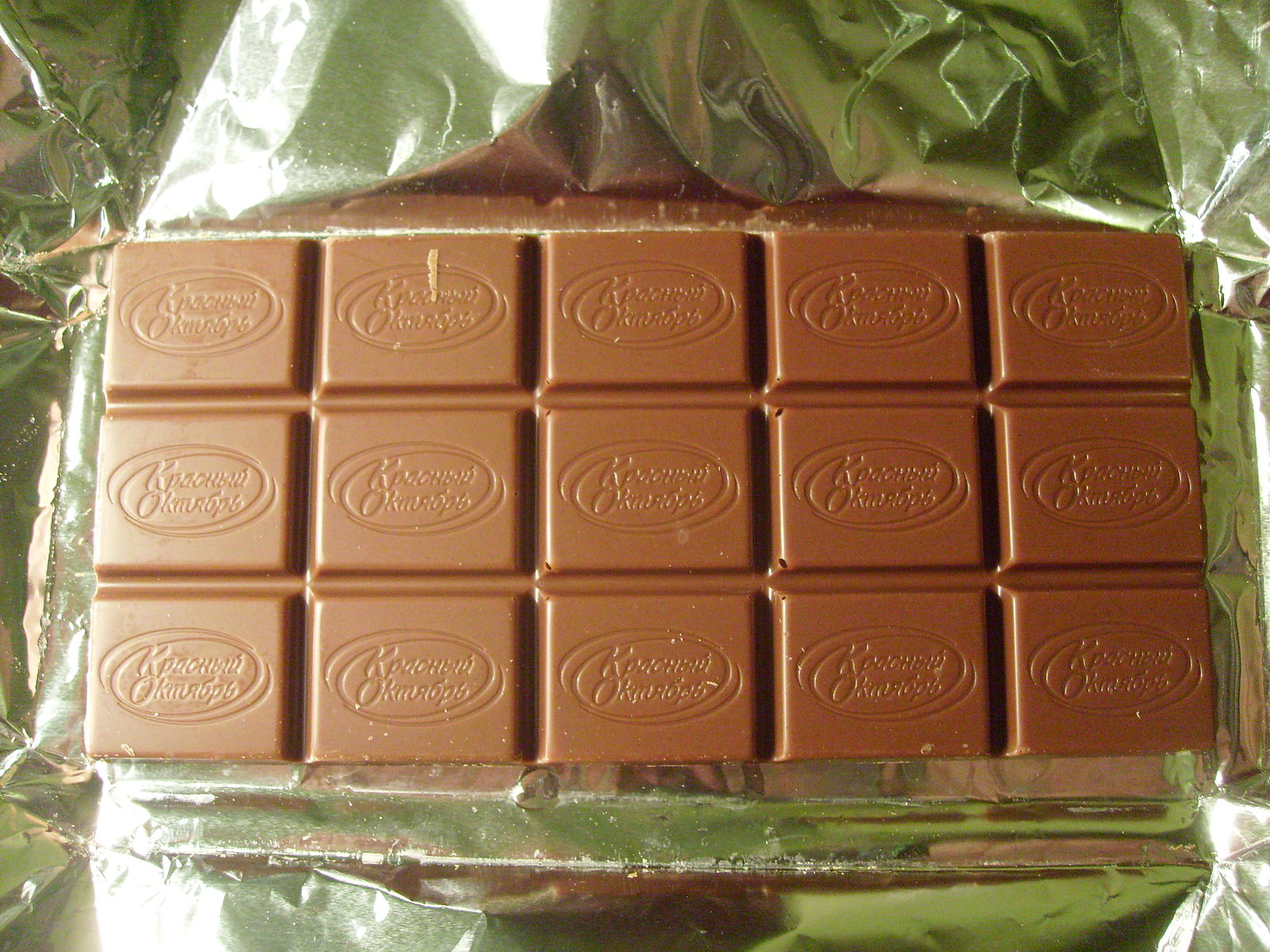By: Sarah Richards

“Como Para Agua Chocolate” is a 1992 film set in a Mexican border town around the turn of the last century. It earned all 11 Ariel awards of the Mexican Academy of Motion Pictures, including the Ariel Award for Best Picture and was the highest-grossing Spanish-language film ever released in the United States at the time. “Chocolate” is the story of the three De la Garza sisters—Rosaura, Gertrudis, and Tita. It’s a delicious, sensual tale of erotic, lasting love with blazing consequences.
The De la Garza tradition is that the youngest daughter, Tita, must care for the mother until her death, but what happens when she falls in love and wants to marry? What manner of woman will take her place and act, unknowingly, as proxy for her, and bear the children of her beloved, like Abraham’s Hagar? The psychological effects of Tita’s life being preordained, by powers and principalities from above, below, or all around her, and even the figments of her own tortured imagination, is frightening to behold. “Chocolate” is where magical realism meets verisimilitude.
The “Old West/Texas Brown” sepia tones lend an atmospheric feel to the rustic landscape of the town where the De la Garza ranch is settled. Food plays an essential role in “Chocolate,” which Tita uses to communicate with those she loves and those who have made that love forbidden. Her food nourishes, even as it poisons. Tears of longing and rose petals given in celebration are two of the ingredients the almost witch-like Tita uses to cast spells over those around her, arousing emotions such as despair and serving as an aphrodisiac. “Chocolate” is a love story that engages all of the senses—a combination that will leave you sated. Forbidden fruit never tasted so sweet.

